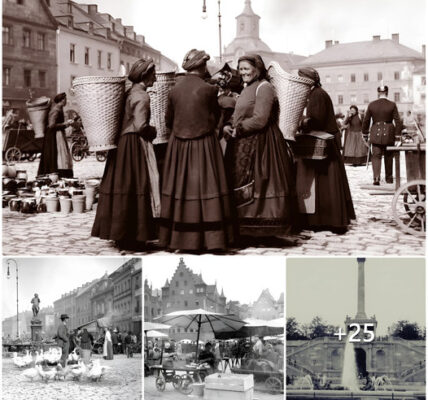Germany has an extensive number of tramway networks (Straßenbahn in German). Some of these networks have been upgraded to light rail standards, called Stadtbahn in German.
In 1865, a horse tramway was established in Berlin. In 1881, the world’s first electric tram line opened. Numerous private and municipal operating companies constructed new routes, so by the end of the 19th century the network developed quite rapidly, and the horse trams were changed into electric ones.
By 1930, the network had a route length of over 630 km (391 mi) with more than 90 lines. In 1929, all operating companies were unified into the BVG. After World War II, BVG was divided into an eastern and a western company but was once again reunited in 1992, after the fall of East Germany. In West Berlin, by 1967 the last tram lines had been shut down. With the exception of two lines constructed after German reunification, the Berlin tram continues to be limited to the eastern portion of Berlin.
Tramways served as the primary means of urban transport in Germany until the early 1960s when they were systematically replaced by buses. However, in the 1980s tramways began to reappear; experts spoke of the ‘renaissance of the tramway’. In the 1990s tramways had again become a modern means of public transport. Popular notions of fashion have been used by scholars to explain this cycle of acceptance rejection and restoration.






























